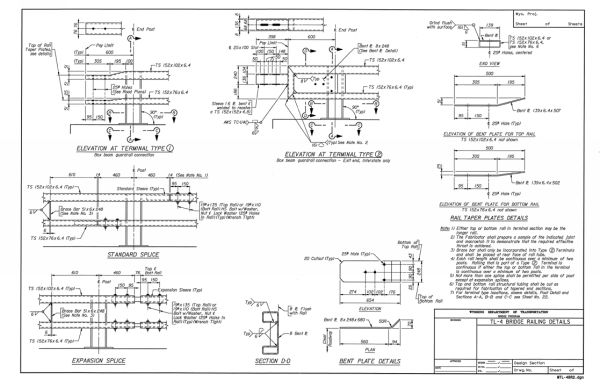

We offer image-based installation guides for bending handrail and handrail fittings. A small lip runs just above the bottom of both handrails, adding subtle detail to a graceful design.Ī Gooseneck Handrail Fitting can help your handrail transition to steep, elevated platforms on your stairway. The 60 Handrails have the same design, though the 6210 handrail is built slightly wider to accept larger plows. With a wide top and a narrow base, the 6010 handrail has a style that’s perfect for colonial homes. While it is a large handrail, it maintains a sleek design that is popular in homes and commercial buildings. 6910 “Breadloaf” HandrailsĬommonly referred to as the “Breadloaf” handrail, the 6910 features a rounded top with a narrow waist and a wide base. The 6800 Handrail has the same design as the top of the 6710, but it stops there, giving you a handrail that is about an inch shorter than the 6710 or 6610. With the same shape as the 6710, but a slightly narrower design, the 6610 is an excellent choice for those who prefer more subtle stair railing. For those who love the look of the 6710, but prefer smaller railing, there’s the 6610 Handrail. It’s a classic, elegant design that adds graceful, traditional beauty to any home.
#Howard county stair rail code code
We offer wood and metal handrails in dozens of shapes, sizes, and materials in the hopes that you can find one that meets both your code needs and your design preferences.Ī staple in the building industry, the 6710 Prestige Handrail has a wide top and bottom with a narrow middle. Handrails can be rounded, curved, thin, thick, or rectangular. The profile refers to a wood handrail’s shape.
#Howard county stair rail code install
All of our Wall Mounted Handrails come with their specific ends attached and can be “Pre-Finished” so that they’re ready to install upon arrival. The 45 Degree Mitered Handrails have ends that turn on an angle, providing a sharp, clean finish. For a handrail with gently curved ends that rest against your wall, select a Quarter Turn Handrail. This classic design gives any handrail a smooth, elegant finish. Handrails with one or more rounded ends are Returned End Handrails. Wall Mounted Handrails are available in returned end, quarter turn, and 45 degree mitered designs. StairSupplies™ produces Straight and Wall Mounted Handrails from 25 different wood species in lengths of up to 20’. Wall Mounted Handrails are grab rails with ends that have a polished finish. In addition, straight handrail is often attached to box or turned newels on a stairway.

They can be used as the guard rail for a railing system or a graspable railing that supports you and your guests. Straight Handrails have ends that are simply left as they are cut. Both straight and wall mounted handrails can use handrail brackets to mount to a wall. StairSupplies™ manufactures high-quality straight and wall mounted handrails.

That’s why we strongly advise investigating your local code requirements before purchasing stair handrail for your home. In addition, code stipulations regarding handrail width and height vary from state to state and, sometimes, county to county. Others regions require both grab and guard rail. In some regions, code only requires guard rail. Grab Rail, Guard Rail, and Code Compliance Here, we’ll explore some terminology related to handrails and provide tips and tricks for ordering the right railing for your project. Within these two main categories of handrail, there are dozens of styles to choose from to make your handrailing your own. Guard rail is a protective barrier that connects with the rest of your railing system. While there is some amount of crossover, interior stairs have their own code requirements.Grab rail is what it sounds like: the handrail that you use to support yourself when traveling up or down a staircase. It should be noted that building codes and regulations for exterior stairs are not exactly the same as those for interior stairs. They can be styled in a variety of ways as long as they provide adequate space for a hand to grip them. Rails must be able to support a load of at least 200 pounds and must extend at minimum 12 inches horizontally past the riser nosing at the top of the stairs and at least equal to one tread depth horizontally at the bottom of the stairs. The associated railing height code states that these rails must be placed between 34 and 38 inches above the walking surface of the stairs. This applies to any staircase with two or more risers. While the finer details will ultimately be influenced by your local government's building regulations, the International Building Code, the International Residential Code and the standards set by the Americans with Disabilities Act of 1990 maintain that exterior stairs that are a required point of egress – in other words, stairs that must be crossed on your way in and out of the building – must have handrails.


 0 kommentar(er)
0 kommentar(er)
